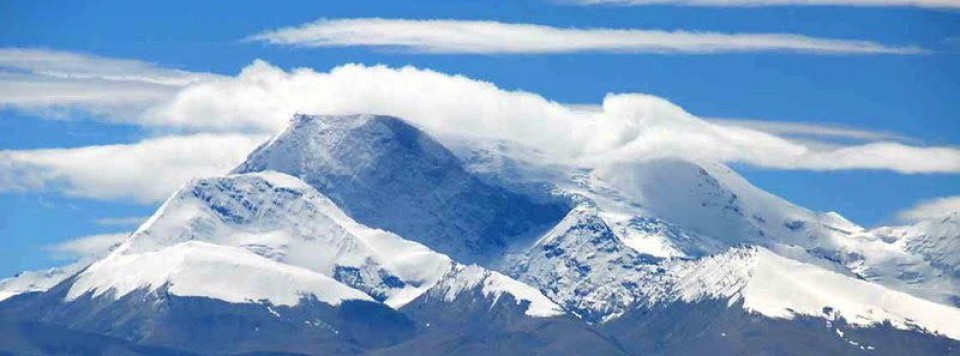Srinagar sits in an alluvial basin and is well known as a flood prone area. The problem has been compounded by the construction of embankments on either side of the Jhelum river. Progressive silting of the river has raised the river bed till it is higher than street level.
The stretch of the river from Sopore to Baramulla has the same features but has been regularly dredged and de-silted. However, for some inexplicable reason, no de-silting has been done from Srinagar to Wular lake.
Severe floods occurred in the Kashmir valley in September 2014. The embankments gave way at several locations and most of the river emptied out into the city. Diverting some of the water to the flood channel merely resulted in flooding rural areas also.
A far more elegant solution to river flooding is to de-silt the river, thereby increasing its carrying capacity. Sand mining also has the same effect — at no cost to the government — and needs to be encouraged. Our blog came out with a detailed explanation of all this in September 2014 itself. However, we were surprised at the sheer apathy of the government and the general public. A sustained campaign was, therefore, undertaken in the electronic media and by interacting with opinion makers.
We are glad to report that the J & K government has seen reason and has now issued a tender for purchase of two cutter suction dredgers. This is a case study on the importance of public opinion in a democracy.
Read more at http://amolak.in/web/sequel-to-flood-control-in-the-vale-of-kashmir-by-joseph-thomas/



